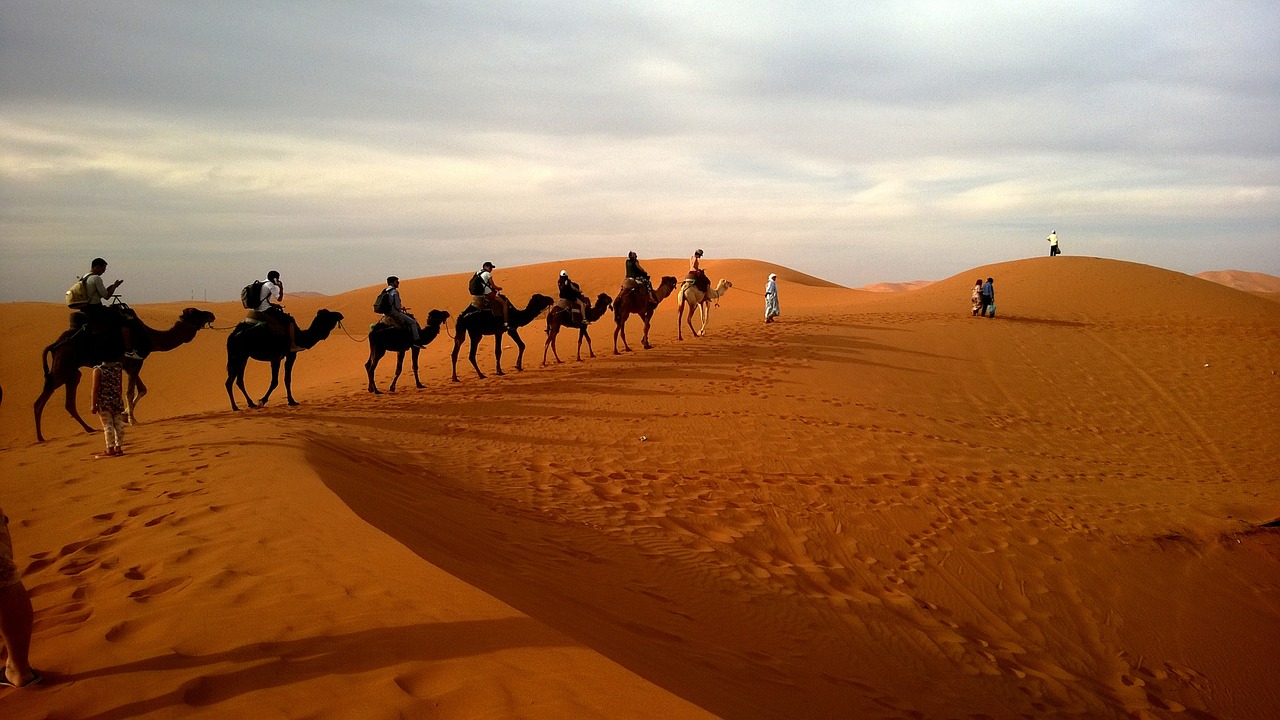The Middle East’s unique culture and ancient history intrigues many westerners. The Dome of the Rock, the Sacred Tomb, and the Dead Sea are just a few of the region’s distinctive tourist attractions. However, recent political turmoil causes many travelers to feel apprehensive about visiting the region.
In 2014, the blog Adventurous Kate featured Sabina Lohr, a seasoned traveler from the United States who has lived in the Middle East. Lohr believes the region is safer than many expect. “I feel safer most of the time in Mideastern countries than I do at home,” she says. “They have problems there, of course, but they’re of such a different variety than in the U.S.” With the proper knowledge and precautions, traveling in the Middle East can be just as safe
as traveling anywhere else.
1. Do your research
Before traveling, find out the political situation of your destination. Online forums, such as TripAdvisor, Lonely Planet’s Thorn Tree, and Frommers.com can provide live information about the region you are in or planning to visit. In addition, the US government’s travel website, travel.state.gov, issues safety warnings and alerts regularly. Avoid traveling during wars or uprisings. If you see a protest going on, don’t stay to watch or participate. Leave the situation to avoid being involved in any possible violence.
2. Take Precautions
No matter where you travel, you should always use common sense, stay alert, and stay aware. Don’t trust strangers and avoid drinking alcohol. Most hazardous situations occur because travelers’ drinks are spiked by strangers, or travelers drink too much and lose control. Before you go exploring, take a business card from the hotel or hostel you are staying at. That way if you get lost or can’t communicate in a foreign language, you can give the card to a taxi driver and return easily.
No matter how friendly the locals may be, pickpockets are always looking for opportunities to benefit from distracted tourists. Keep your passport and money close. Wallets that can be worn under your clothes around the neck or waist are the most reliable.
If you avoid dangerous regions and stay away from threatening circumstances, you are more likely to stay safe from harm. If the right precautions are taken, you can travel in the Middle East safely. However, if you are especially nervous about being stuck in serious situations, there are agencies—such as Control Risks, MedJet Horizon, and AXA Assistance—that can provide you with constant communication and advice, track your whereabouts, and even extract you from the country if necessary.
3. Respect the Culture
The beauty of traveling to the Middle East is the immersion in a unique culture with traditions that are foreign to most travelers. Their religion, dress, customs, and ancient sites differ drastically from other cultures. Encountering cultural differences can help open visitors’ minds to things they previously misunderstood. The most enlightening and safest way to visit this region is to respect the culture and participate in it.
Be aware of certain aspects of the culture. For instance, women shouldn’t walk in the streets alone; it’s not typical of the custom in the Middle East. Wherever women go, they are almost always accompanied by a man, so if foreign women walk alone, people will stare. Also, public displays of affection are culturally unacceptable and disrespectful.
Women and men in the Middle East typically cover their bodies with long, loose-fitting clothes. Women especially should always cover their shoulders and wear dresses that pass their knees. In many religious sites, women must wear a headscarf. Before your trip, research which regions of the Middle East require more modest attire.
If you do the necessary research, take adequate precautions, and respect the culture, then there should be no fear when traveling to and touring the Middle East. It is a beautiful and historically rich region that broadens perspectives and changes the lives of its visitors.
—Allyson Jones


